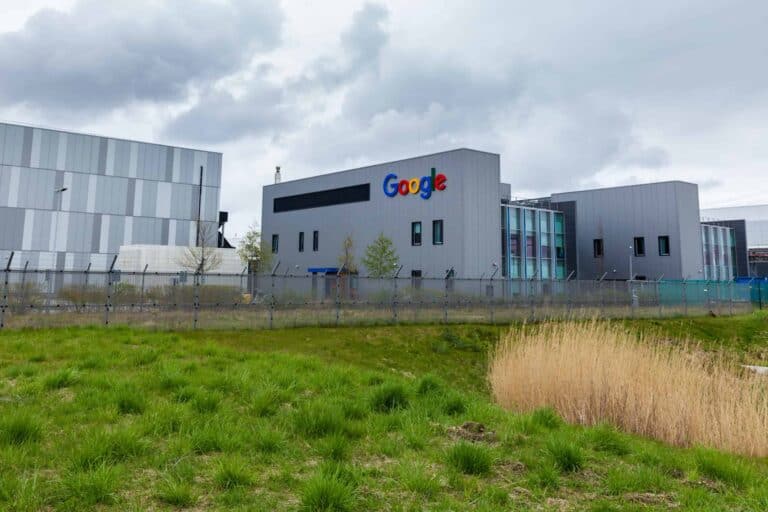Google is forming a team led by Tim Brooks to develop generative AI models that can simulate the world.
Brooks was one of the managers of OpenAI’s video generator Sora. He transferred to Google’s AI research arm, Google DeepMind, in October. DeepMind has ambitious plans to create massive generative models that can simulate the world, Brooks reported on X. He is now recruiting employees for the new team. This writes TechCrunch.
According to the job openings Brooks shared in his post, the new team will collaborate with and build on the work of Google’s Gemini, Veo and Genie teams. This is to address critical new problems and scale models to the highest levels of computational power.
Gemini is Google’s flagship suite of AI models for tasks such as analyzing images and generating text, while Veo is Google’s proprietary video generation model.
Real-time simulation
Genie is Google’s approach to a world model—AI that can simulate games and 3D environments in real-time. Google’s latest Genie model, presented in December, can generate many playable 3D worlds.
Brooks argues that scaling AI training with video and multimodal data is crucial for Artificial General Intelligence (AGI). AGI generally refers to AI that can perform any task a human can. World models will drive numerous domains, such as visual reasoning and simulation and real-time interactive entertainment.
Brooks’ new team will develop real-time interactive generation tools on top of the models they are building and explore how to integrate these models with existing multimodal models such as Gemini.
Golden future for world models
Several startups and large technology companies are focusing on world models. Among them are World Labs by influential AI researcher Fei-Fei Lee, Israeli startup Decart, and Odyssey. They believe world models could one day be used to create interactive media, such as video games and movies, and to run realistic simulations, such as training environments for robots.
Creative professionals have mixed feelings about this technology. A recent Wired survey revealed that game studios such as Activision Blizzard, which has laid off many employees, are using AI to cut costs, increase productivity and compensate for staff downtime. Moreover, a 2024 study commissioned by the Animation Guild, a union for Hollywood animators and cartoonists, estimated that more than 100,000 jobs in the U.S. film, television and animation industries will be affected by AI by 2026.
Some emerging world modelling sector startups, such as Odyssey, have promised to partner with creative professionals – not replace them. It remains to be seen whether Google will follow suit.
Copyrights may create barrier
There is also the issue of copyrights that has not been resolved. Some world models seem to be trained on snippets of video game playthroughs, which could mean that the companies developing these models risk being sued if the videos are not licensed.
Google, which owns YouTube, states that it can train its models on YouTube videos according to the platform’s terms and conditions. However, the company has not disclosed which specific videos it uses for training.
Tip: Google integrates DeepMind and Brain teams, creating Google DeepMind
